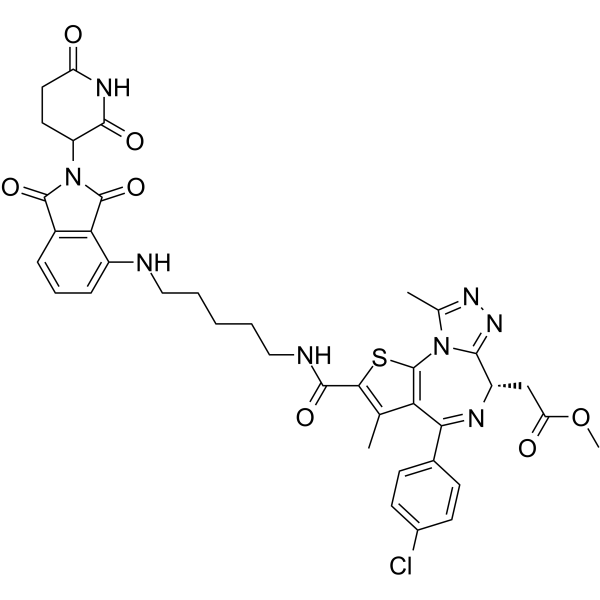PROTAC
PROTACs or Proteolysis Targeting Chimeric Molecules are heterobifunctional nanomolecules that theoretically target any protein for ubiquitination and degradation. In terms of the structure, PROTACs consist of one moiety which is recognized by the E3 ligase. This moiety is then chemically and covalently linked to a small molecule or a protein that recognizes the target protein. The trimeric complex formation leads to the transfer of ubiquitins to the target protein.
By removing target proteins directly rather than merely blocking them, PROTACs can provide multiple advantages over small molecule inhibitors, which can require high systemic exposure to achieve sufficient inhibition, often resulting in toxic side effects and eventual drug resistance. PROTAC molecules possess good tissue distribution and the ability to target intracellular proteins, thus can be directly applied to cells or injected into animals without the use of vectors.
Targeted protein degradation using the PROTAC technology is emerging as a novel therapeutic method to address diseases, such as cancer, driven by the aberrant expression of a disease-causing protein. In addition to the use of PROTACs for the treatment of human disease, these molecules provide a chemical genetic approach to “knock down” proteins to study their function. Currently, there are several small molecule inhibitors that have been found to show good biological activity by specifically targeting BET, estrogen receptor (ER), androgen receptor, etc.
References:
[1] Sakamoto KM. Pediatr Res. 2010 May;67(5):505-8.
[2] Neklesa TK, et al. Pharmacol Ther. 2017 Jun;174:138-144.
Targets for PROTAC
Products for PROTAC
- Cat.No. Product Name Information
-
GC50723
VH 101 phenol-alkylC4-amine
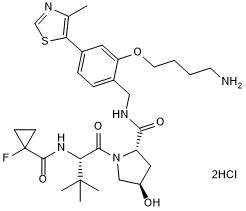
-
GC50729
VH 101 phenol-alkylC6-amine
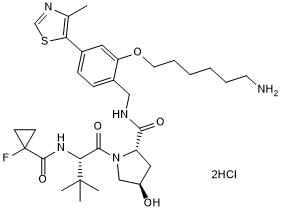
-
GC65135
VZ185
VZ185 is a potent, fast, and selective von Hippel-Lindau based dual degrader probe of BRD9 and BRD7 with DC50s of 4.5 and 1.8 nM, respectively. VZ185 is cytotoxic in EOL-1 and A-402 cells, with EC50s of 3 nM and 40 nM, respectively.
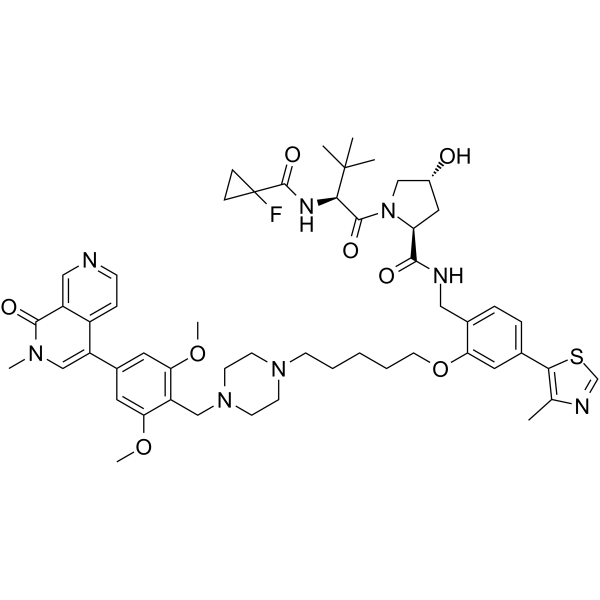
-
GC50652
xStAx-VHLL
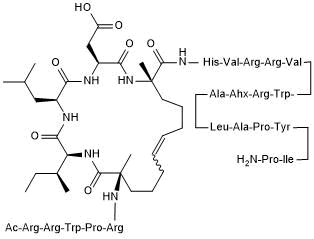
-
GC70162
YX-2-107
YX-2-107 is a selective degrader of CDK6 using PROTAC technology (IC50= 4.4 nM). In vitro, YX-2-107 effectively inhibits RB phosphorylation and FOXM1 expression, and suppresses the development of Ph+ ALL in rats. YX-2-107 can be used for research on Ph chromosome-positive (Ph+) acute lymphoblastic leukemia (ALL).
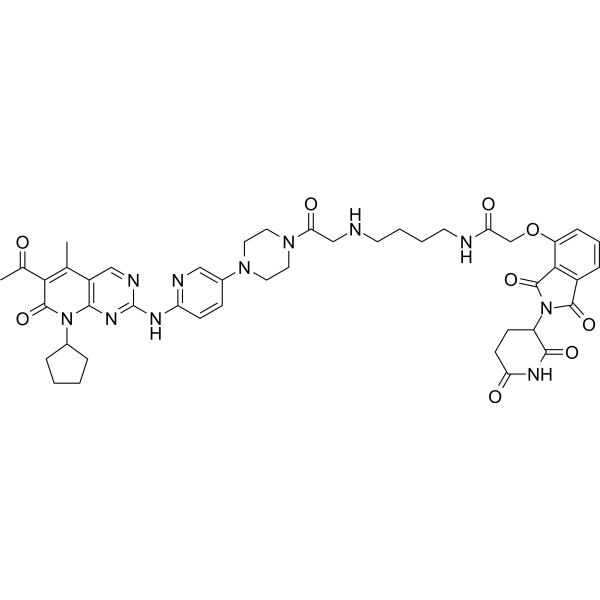
-
GC65269
ZXH-3-26
ZXH-3-26 is a PROTAC connected by ligands for Cereblon and BRD4 with a DC50/5h of 5 nM. The DC50/5h refers to half-maximal degradation after 5 hours of treatment of ~ 5 nM.
